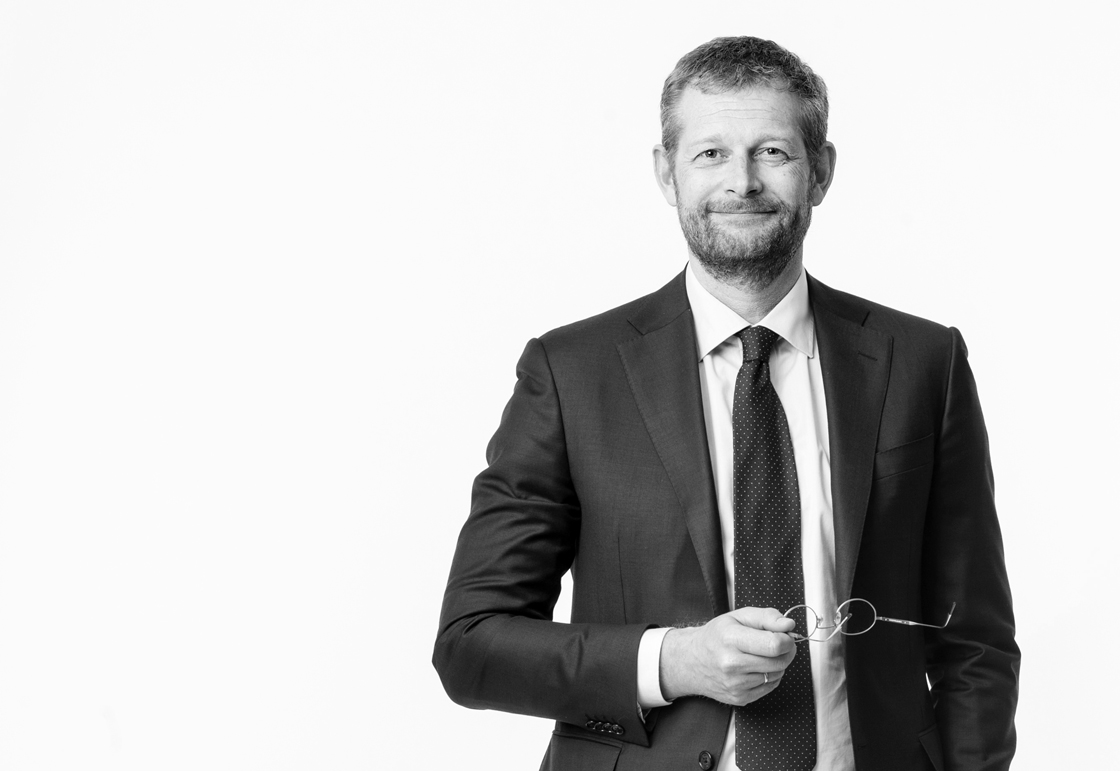PFA divests seven companies following climate screening

PFA has divested seven companies as they failed to meet the company’s climate requirements, while another seven companies have been subjected to stricter supervision.
From a climate perspective, the semi-annual review of PFA’s equity portfolio showed that the equity portfolio, mid-2019, emitted 8 per cent less CO2 per million dollars invested compared to the world index.
PFA’s mapping also showed that 14 companies in particular struggled to meet the demands that PFA makes on the climate area. This is why the companies and their climate footprints have been subject to detailed analyses, which have resulted in seven companies having been divested and completely excluded from PFA's portfolio.
“We decided to divest seven companies to ensure that PFA complies with the objectives of the Paris Agreement. At the same time, this sends a clear message that it will have consequences if the companies we are investing in are not working on reducing their climate footprint, or we do no longer consider their conduct compatible with the way in which we want to make sustainable investments,” says Anders Damgaard, Group CFO and chairman of PFA’s Responsible Investment Board.
The seven companies are: Jastrzebska Spolka Weglowa SA, Bukit Asam Tbk, Exxaro Resources Limited, Arch Coal Inc., Shaanxi Coal Industry Company Limited, China Shenhua Energy Company Limited and China Resources Cement Holdings Limited.
The remaining seven companies which PFA found to be of concern will be subject to stricter supervision. PFA will follow up on this and will also continue its screening of the portfolio to identify companies in which investments will be incompatible with the objectives of the Paris Agreement.
The climate battle fought on several fronts
PFA’s biggest climate footprint results from its investments in the supply sector, and therefore PFA focuses on this sector in particular. At the end of the first six months of the year, the climate screening showed that the development in this sector is on the mend. Contrary to this, we find the industrial sector, which affects PFA’s overall equity investment statement negatively.
“Until now, attention has been concentrated on the major CO2-emitting companies, which we mainly find within the supply sector. However, the screening shows conclusively that we need to look more balanced into which companies that are actually causing most environmental damage within their sector and, with that, contributing towards an increased energy production (and consumption). This is complicated, and therefore we have developed a method to analyse the overall equity portfolio and not just the energy and supply sectors,” says Anders Damgaard.
Over the past few years, PFA has reduced its investments in CO2-heavy companies significantly, while investments in green energy were increased massively. As a result, PFA is today the co-owner of the world’s biggest offshore wind farm Walney Extension Offshore Wind Farm and a part of the financing behind the offshore wind farm Hornsea 1, which is in the making with 174 giant wind turbines. Overall, these parks will eventually supply power corresponding to the annual consumption of one and a half million households.
PFA will take part in making a difference
At the same time, PFA has intensified its dialogue with companies where PFA, qua its size, can play a part in making a difference for a better climate. With more than DKK 600 billion under management, PFA is the largest customer-owned pension company in Denmark – and ranks among the largest pension companies in Europe.
“PFA sees dialogue as a key factor of our active ownership. In some areas, we give priority to entering into dialogue with the companies ourselves, whereas, in other areas, we form part of networks or partnerships to strengthen the dialogue. This includes, among others, Climate Action 100+, which is an international association of investors that engages in dialogue with the 100 companies in the world that are responsible for the largest greenhouse gas emissions. At the same time, we have intensified our cooperation even further with Nordic Engagement Cooperation, which is also monitoring other companies than those brought into focus by Climate Action 100+,” says Anders Damgaard.
For further information, please contact
Kristian Lund Pedersen, Chief Press Officer, klp@pfa.dk, (+45) 39 17 58 79
Facts: PFA’s climate screening model
To comply with the objectives of the Paris Agreement in its investment process, PFA developed its own climate screening model.
PFA’s climate screening model consists of three steps which aims to ensure a systematic approach to the handling of climate risks in the investment process for the equity portfolio.
First step consists in mapping the CO2 emission in the equity portfolio and thus gaining an overview of which industries or companies that are responsible for a major CO2 emission which requires extra focus.
Second step consists of a climate screening tool developed to gain a more balanced impression of the companies. The tool includes the current CO2 emissions, the percentage of energy reserves and the company's initiatives within sustainable energy and clean tech.
The third step focuses on the companies that have not taken a stand on their energy consumption or set a target for their CO2 emission. This takes place through a company-specific analysis and a possible dialogue with the company with a view to making an overall assessment of whether PFA still wants to keep the investment.